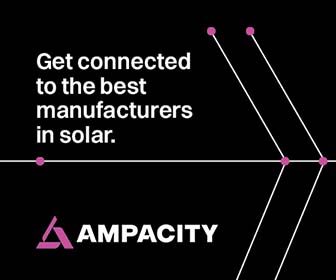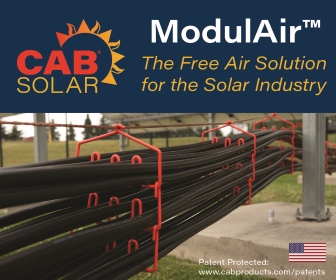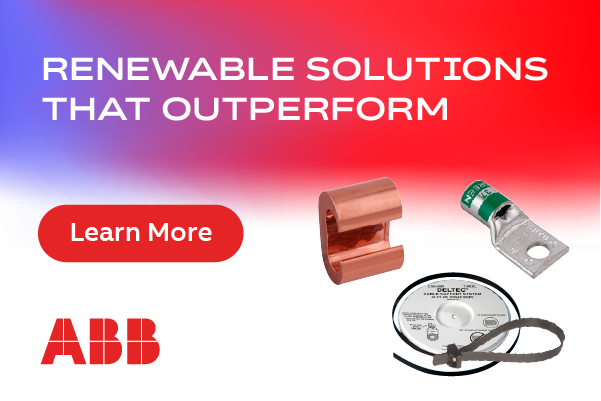Thinking Ahead: Building the Foundation for Resilient Distributed Energy
For most commercial and industrial businesses installing on-site energy assets at their facilities, the primary goal is increased efficiency and sustainability. Renewables, energy storage, and other distributed energy assets provide essential functions like energy savings, peak shaving, and load shifting; these all deliver significant benefits for businesses looking to cut their energy overheads.
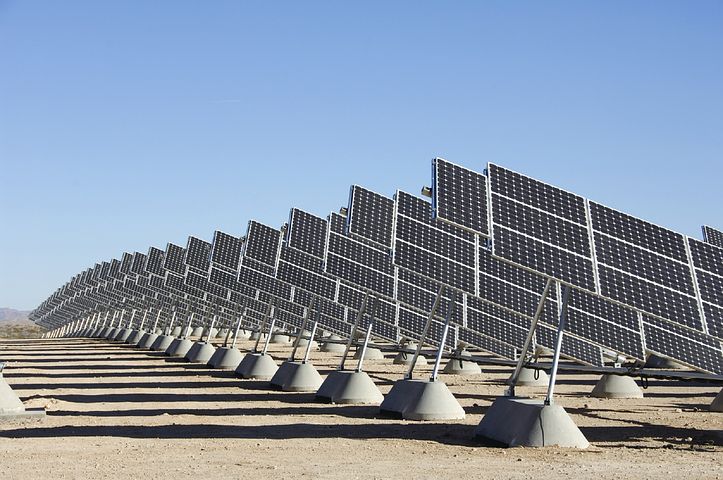 What often becomes an afterthought, however, is the resiliency of those on-site energy assets. When the grid goes down, business owners expect the PV modules on their roof, and the energy storage units serving their facility, to keep them up and running despite network disruptions. Unfortunately, due to how these systems are designed and deployed today, this is rarely the case.
What often becomes an afterthought, however, is the resiliency of those on-site energy assets. When the grid goes down, business owners expect the PV modules on their roof, and the energy storage units serving their facility, to keep them up and running despite network disruptions. Unfortunately, due to how these systems are designed and deployed today, this is rarely the case.
Solar, storage, and other distributed energy resources for commercial and industrial applications, conventionally work only in tandem with the grid, performing peak shaving and load shifting functions that remain dependent on the grid's normal operation. In the case of solar panels, few inverters have black start or grid independent capabilities to serve as an emergency power asset. In oversights like this, energy innovation has neglected to make uninterruptible power a priority. What's the missing link in distributed energy? Resiliency.
There are several factors today that make resiliency a bigger consideration: an aging grid; regular brownouts and rolling blackouts as a consequence of unprecedented peak demand; the specter of more frequent extreme weather events like Superstorm Sandy; and the emerging threat of cyberattacks capable of taking out the grid. By strategizing to proliferate renewables and storage, but neglecting to empower those assets with resiliency from day one, the industry is missing the opportunity to proactively address the shifting realities of energy.
At the moment, short term power loss varies in cost to consumers. Critical infrastructure. and facilities like military bases, hospitals, and data centers can't afford for their systems to go offline for even a second, but for most consumers, a short term power outage is usually no more than a source of frustration or inconvenience.
We can't afford to wait for the next massive disruption to spark concern over energy security; we need to begin building resilient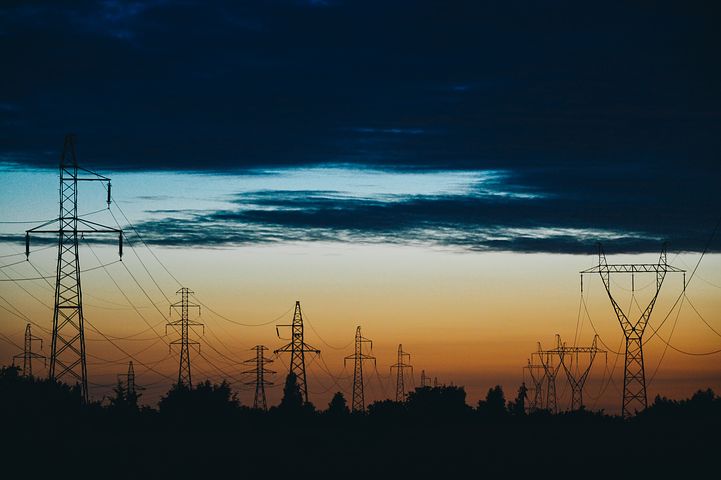 systems now. When the first cars began mass production in the early 20th century, it took decades of deadly accidents for driver safety to become a priority. Early braking systems rolled around in the 1920s, seat belts in the 1930s, and airbags were not built into cars for public sale until the 1970s.
systems now. When the first cars began mass production in the early 20th century, it took decades of deadly accidents for driver safety to become a priority. Early braking systems rolled around in the 1920s, seat belts in the 1930s, and airbags were not built into cars for public sale until the 1970s.
We can improve on this timeline with our power infrastructure by building the foundation for resiliency into distributed energy before we're facing some sort of power crisis. Rather than wait for another mass outage like the US Northeast's blackout of 2003, or a cyberattack on the power grid like the one that struck Ukraine in 2015, we can begin developing means of resiliency now.
Early on, intermittency made renewables an unreliable source of uninterruptible power, but innovation in energy hardware and software is making our current distributed assets predictable and manageable, opening them up as an ideal channel for resiliency. Microgrids, an increasingly popular and efficient energy solution, allow distributed asset owners to aggregate their PV and wind with energy storage, UPS, and generators, tying them all together into a singular cooperative system. When paired with advanced controls that monitor and manage assets in real time, microgrids empower owners to island buildings and facilities without latency, operating on their own means of power generation. Real-time microgrid control is essential to successfully remaining up and running when the grid goes down: If a microgrid cannot instantly address a building's loads as they come on or offline, the owner runs the risk of energy runaway, which would shut the owner's power down, and defeat the microgrid's entire purpose.
As we continue to push energy innovation to new heights, we need to put resiliency front and center. Owners of on-site energy assets often take uninterruptible power for granted - they assume it's provided for when, in actuality, it is not. Before we leave resiliency behind in the distributed energy race, we need to build a foundation for resilient distributed power that allows our facilities' assets to function as we need them to at all times, and in all situations.
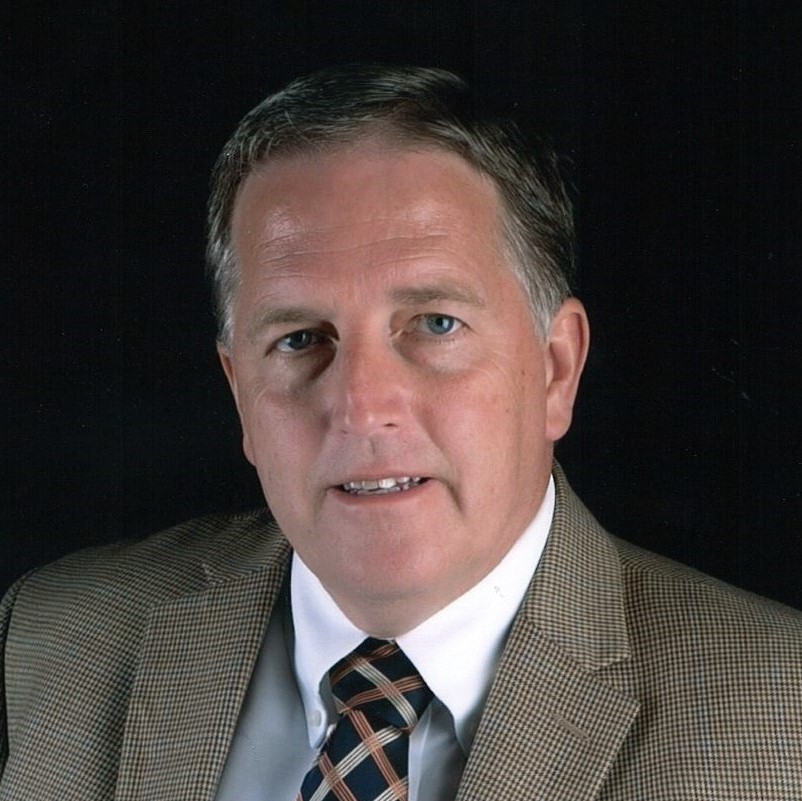 Tony Soverns is the Chief Technology Officer at Go Electric, Inc., which develops customer side of the meter energy solutions that help facilities, communities, and military bases be energy resilient and sustainable.
Tony Soverns is the Chief Technology Officer at Go Electric, Inc., which develops customer side of the meter energy solutions that help facilities, communities, and military bases be energy resilient and sustainable.
Go Electric | www.goelectricinc.com
Volume: 2017 September/October









.png?r=8839)
